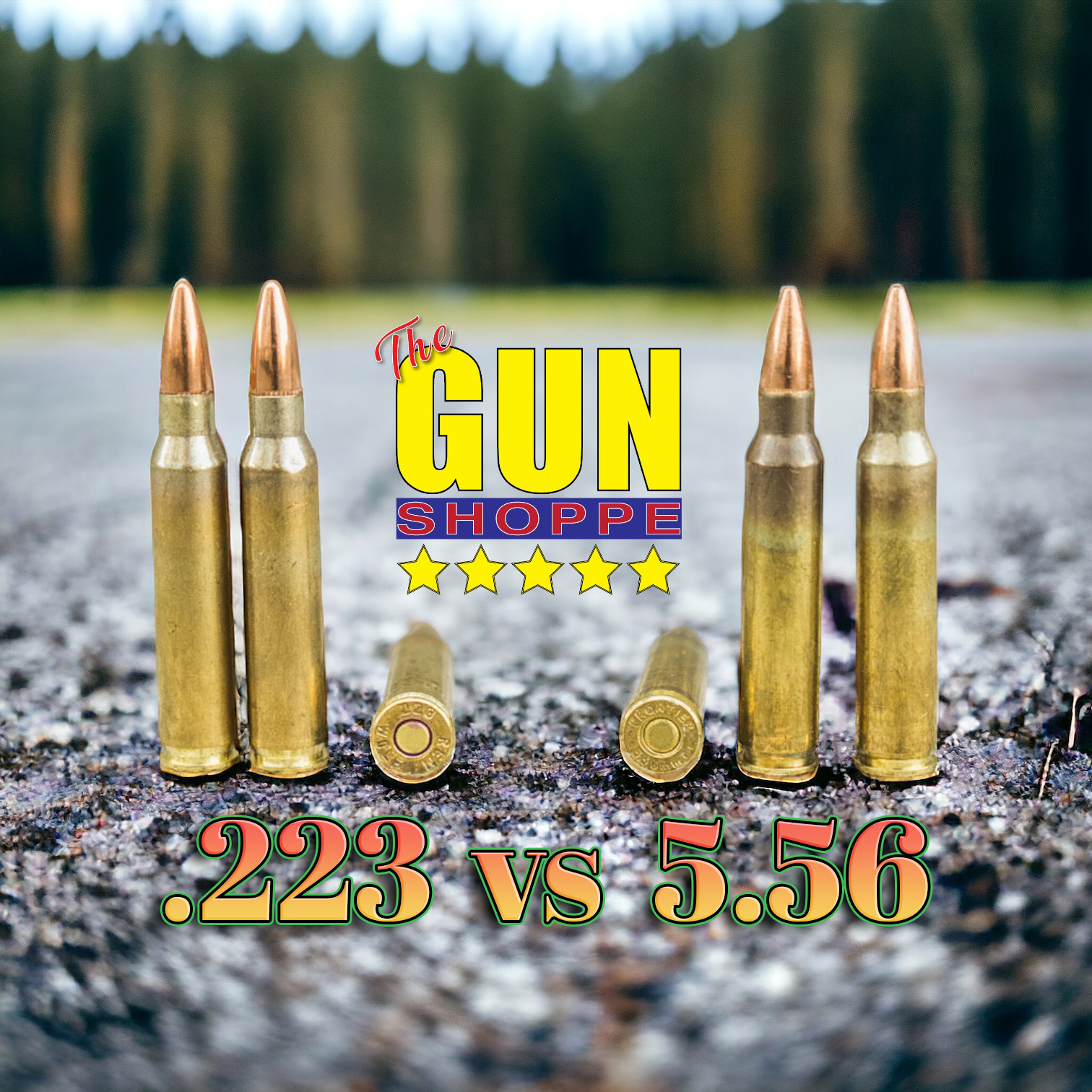5.56 NATO vs .223 Remington: Performance, Safety, and Weapon Function
When it comes to rifle ammunition, particularly for those models chambered for either 5.56 NATO or .223 Remington, understanding the fine distinctions between these two cartridges is not just a matter of nomenclature but of safety, performance, and weapon functionality. Though seemingly similar, the differences between the two are small yet significantly impactful.
The Pressure Factor:
The 5.56 NATO cartridge is known for its higher pressure level, running at approximately 58,000 psi, compared to the 223 Remington, which is loaded to about 55,000 psi. This difference in pressure is not just a number but a critical factor that affects the operation and safety of your rifle.
Chamber Throat Length – A Critical Distinction:
Perhaps the most pivotal difference lies in the chamber design. The 5.56 NATO chamber has a .125” longer throat, which translates to the capacity for about one more grain of powder, thereby enhancing its performance over the 223 Remington. This seemingly minute detail greatly influences the operational dynamics and safety of the rifle.
The Risks of Chamber Mismatch:
Firing a 5.56 NATO cartridge in a rifle chambered for 223 Rem poses significant risks. The longer throat of the NATO chamber leads to a pressure spike up to 65,000 psi or more when a 5.56 cartridge is fired in a 223 chambered weapon – a stark increase from the 223’s normal functioning pressure of 55,000 psi. This mismatch can result in dangerous conditions, such as primers backing out or even causing harm to both the operator and the rifle.
Firing a 223 Rem in a 5.56 NATO Chambered Rifle:
On the flip side, firing a 223 Rem cartridge in a 5.56 NATO chambered rifle has its own set of implications. The throat difference causes a drop in pressure for the 223 Rem cartridge, potentially hampering velocity and performance. Specifically, in NATO chambered rifles with barrels of 14.5” or shorter, the lower powder charge of the 223 coupled with the pressure drop can lead to improper cycling of the rifle. However, it's noteworthy that NATO chambered rifles with barrels longer than 14.5” should function properly when firing 223 Rem ammunition.
Conclusion:
While the differences between 5.56 NATO and .223 Remington cartridges may seem minor, they hold significant implications for the performance, safety, and function of your rifle. It's crucial to recognize and respect these differences to ensure safe and optimal operation of your firearm. Importantly, while you should never fire a 5.56 NATO cartridge in a .223 Rem chamber due to safety risks, firing a .223 Rem in a rifle chambered for 5.56 NATO is safe, albeit with potential operational nuances to consider. Understanding these aspects ensures not only the longevity of your firearm but also your safety and that of those around you.







